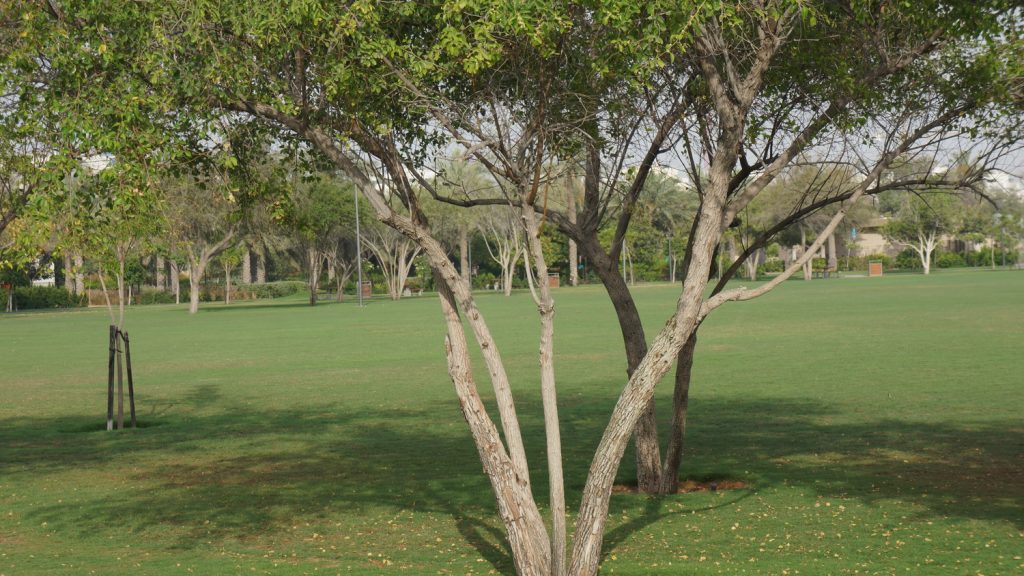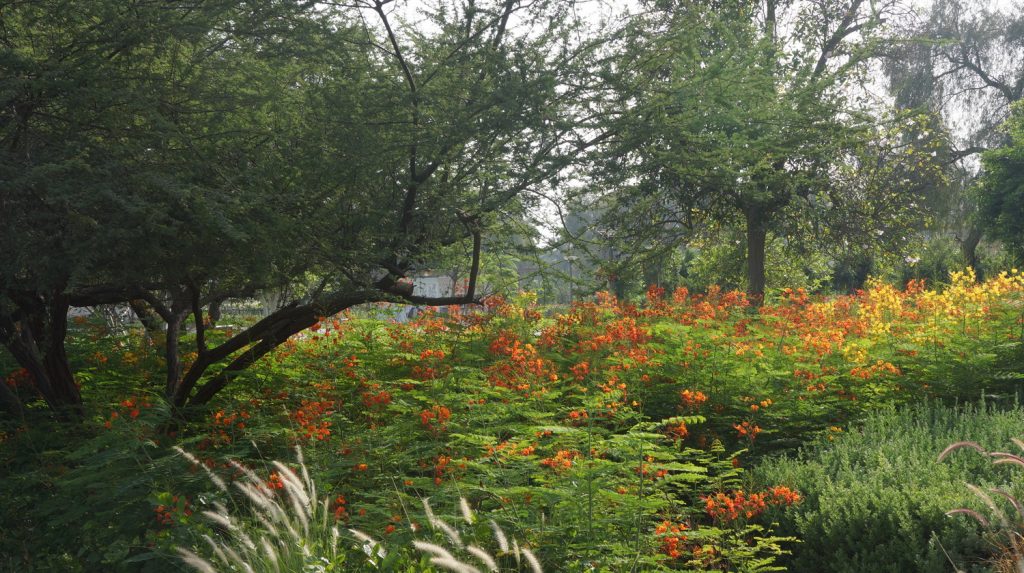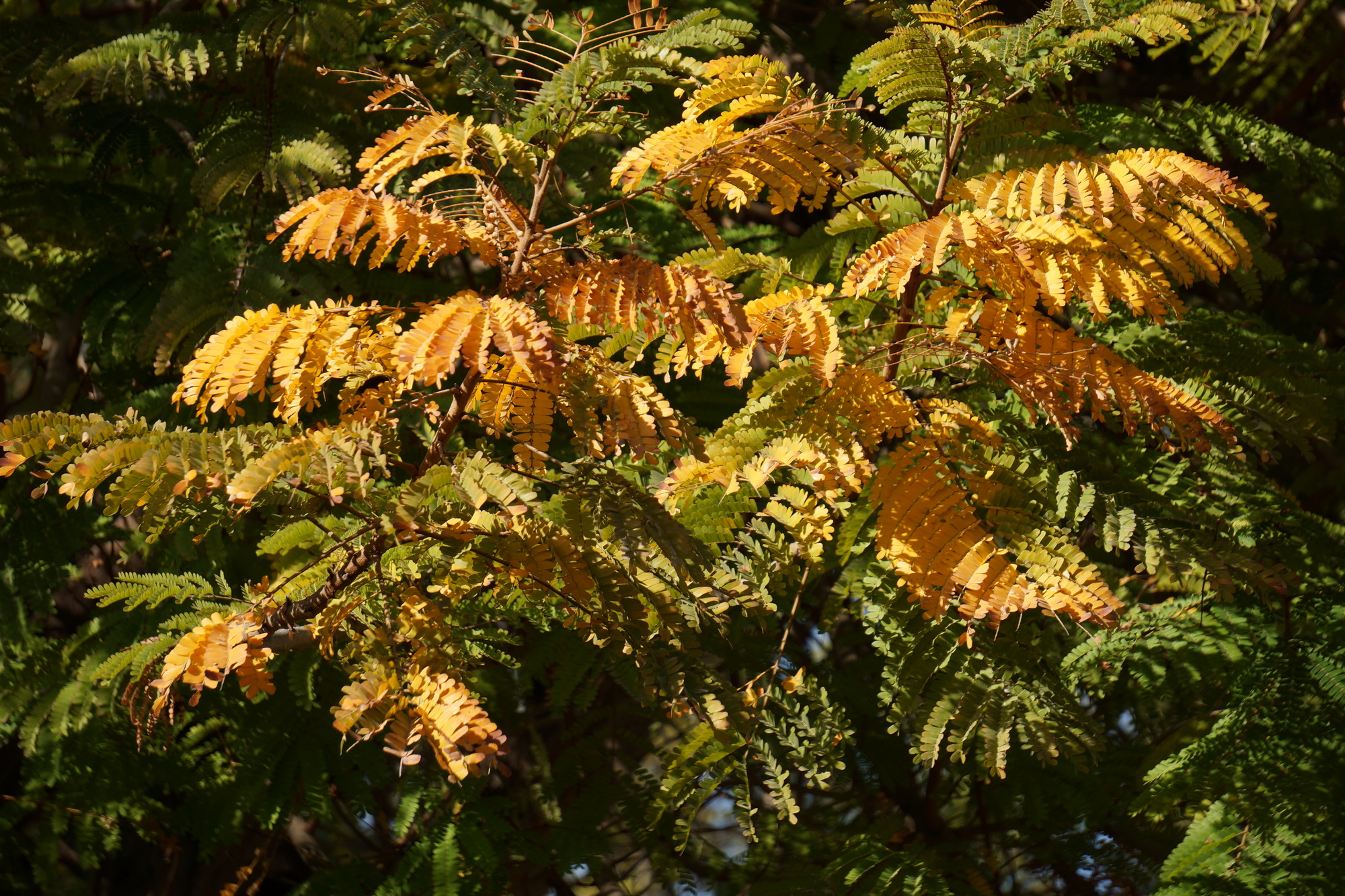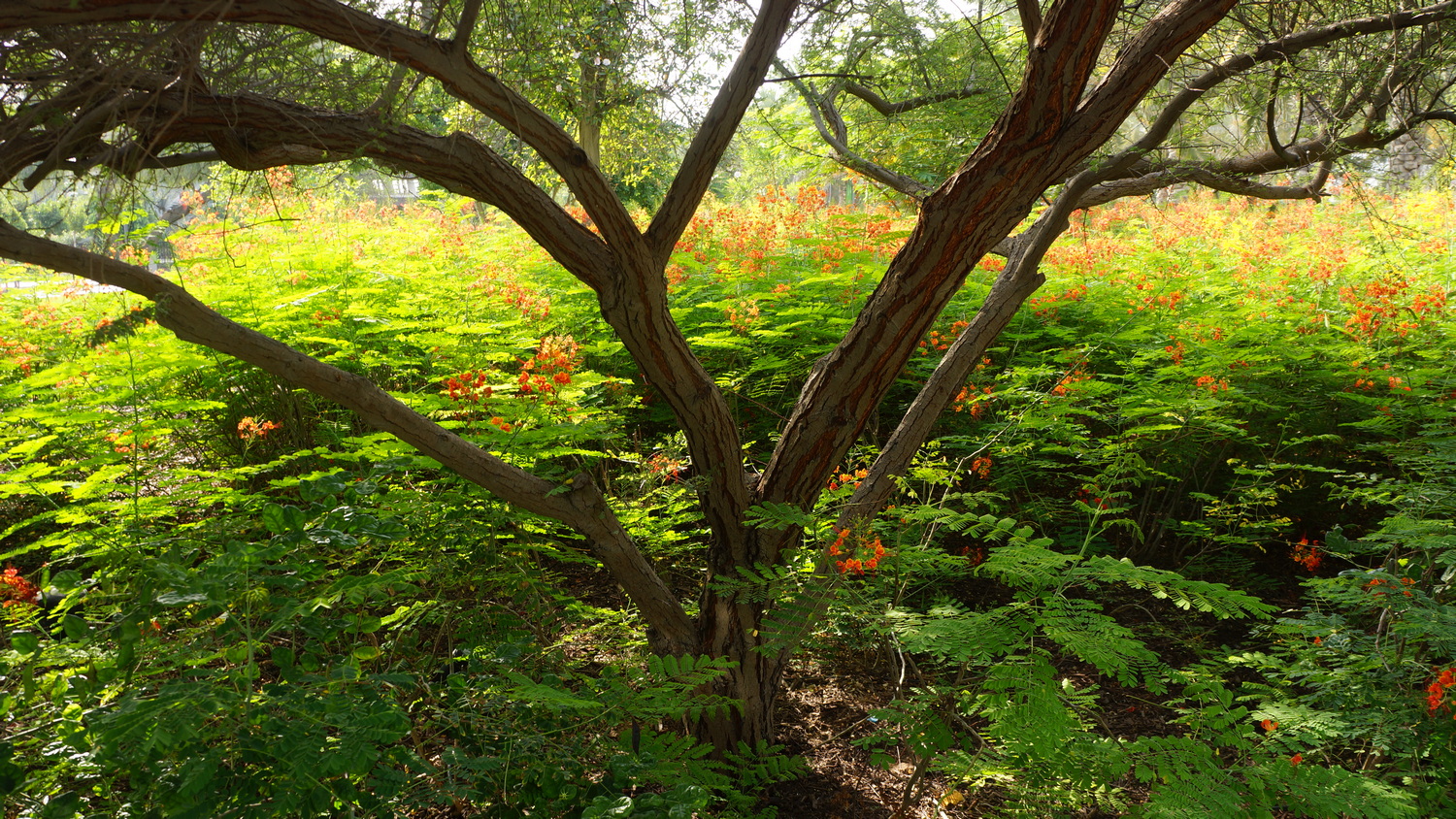Landscapes are all about creating micro-climate, or would be, if designed for that goal. Why is this important and what do I mean?
Almost all life is contained in a thin crust of soil, a wedge of atmospheric gases, and water. Plants are the principal medium that interacts with and regulates all three. Absolutely nothing else does this as well, or at all; think about it.
The way we organise our plants in our urban landscape will determine how well this interaction occurs, how successful it is. Yet I have never heard of a single project that has been developed with this understanding and this goal in mind. With climate change, we urgently need to re-think the way we design our landscapes, and why we design them. Whilst all the human-centric design reasons will always hold true, we need to layer into our thinking this new understanding of how plants interact. To build new ecologies, new ecosystems, we have to design for plants to actually function, rather than just look nice. For when they do this, our environment literally comes alive. More importantly, they might just, if done on sufficient scale, save us from ourselves.
When I use the word treescapes, I don’t just mean trees and grass; we’ve had that for years in the form of parks, and in their traditional form, they’ve done little for us. No, our designs need to build up layers of living material – biomass, for with biomass comes moisture entrapment, shade, food for insects, etc. Think of it in terms of height and depth of microclimate. How much depth is there in a stretch of irrigated grass, maybe 50mm above ground, 200mm below? No species variation, so what we have is little more than a green desert, albeit one that can hold bit a of moisture.
Trees in paved streets are also less able to generate micro-climate, but they are a bit of an exception, as they provide shade for people to walk under. Where width allows, even here we should layer our planting.

If we replace that grass with a range of groundcover plants – not a monoculture – you begin to get a little more variation; different root structures and depth, different foliage shapes, height, form and flower. More variety, more microclimate, more food source, more ecology. Looks good too.
Next we add shrubs and suddenly we are into an new realm, that of woody plants (I’m being simplistic here, many groundcovers are of course woody). Shrubs create three-dimensional space with their frameworks, within which micro-worlds reside. Deciduous plants shed their leaves, as do evergreens, and this begins to build leaf litter – mulch. Don’t tidy it up! We need ecologies in that soil, and microbes need food. Our obsession with tidyness has a lot to answer for. Suddenly, we have height in our micro-climate, three-dimensional form. We humans (for we scale everything according to our own height and perception) can walk amongst these plants, take part, interact. Our microclimate is now two metres high, maybe more. But something is missing and it’s still too hot…

Trees! Now we have a game changer and our micro-environment just became vast, in relative terms, maybe up to 30 metres, though 10-20m may be more average. We now have true diversity of shape, height, leaf, flower and roots. We have shade! Under trees it may be 10°C cooler and we love it. Plants love it too. Moisture now gets retained within the human habitable zone, fungi and microbes thrive in soils, insects and birds abound. This is our urban jungle and we need it. The planet needs it. This tiny sliver of crust we live on can be rich, abundant, in every climate and every place, if we put our minds to it, if we have the will. And when the planet becomes searing, creating livable environments with trees of any type, may be the only thing that keeps us alive, unless we become troglodytes.
This is the next level of landscape design, the new challenge; creating future ecologies and environments that matter, that keep us cool, that give us resources and soothe our souls. We will create new (novel) ecologies that fit the changing environment, trans-migrating parts of ecologies that once lived elswhere. In that place they may be dying out, as might your local ecology. If they now fit where you live, that’s where they need to be. In turn, that place of origin may itself need to adapt and change. In all things and all places, we need microclimate, shade and soil.
Are you up for it? I am!


Thank you for your vision and eloquence! I share the same vision and practice, and also include edibles.
Mark I don’t know how it’s possible that I hadn’t come across your articles until now. I have been consuming them with fascination today!
I’m currently working at desert INK and have led the Sustainability Pavilion at the Expo – complete with 160 native and adaptive species. I’d love to show you around.
Anyway it would fantastic to connect with you over here soon. I think we have a number of shared goals and I was really pleased to hear your thoughts on all things native, climate and xeriscape. Great work!